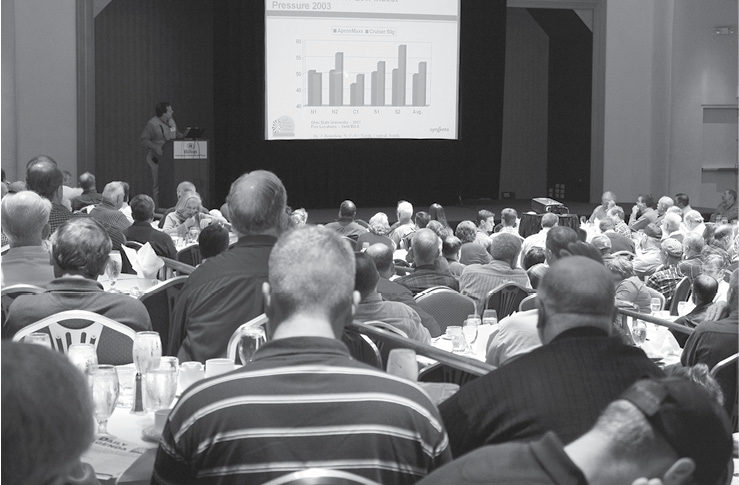No-Till Farmer
Get full access NOW to the most comprehensive, powerful and easy-to-use online resource for no-tillage practices. Just one good idea will pay for your subscription hundreds of times over.

Name: Dan Towery
Position: Ag Conservation Solutions; formerly with the United States Department of Agriculture’s Natural Resources Conservation Service, assigned to the Conservation Technology Information Center.
Location: West Lafayette, Ind.
Years Of No-Tilling: 28
No-Tilled Crops: Varied; many years working in Illinois and Indiana.
If I had to pick out one consistent thing about no-tilling that I have observed over and over, it is that most no-till benefits come with continuous no-till — season to season and crop to crop. That’s the message I delivered last winter to attendees at the 2005 National No-Tillage Conference just a few days after I retired from the Natural Resources Conservation Service. And it’s the message I would like to expand upon as a private consultant: It’s time for the no-till community to aim higher.
We like to talk about the increase in no-till acres. In fact, the 2004 Conservation Technology Information Center national crop residue management survey showed that 41 percent of all cropland is farmed with some type of conservation tillage system. No-till was used on 23 percent of the total acres, or over 62 million acres of all cropland. That‘s up 20 percent since 2002, indicating more farmers are learning how to boost productivity, protect the environment and still make a profit with no-till.

But if you study the report closely, something else is revealed that isn’t as positive. You also learn that while there was a high adoption rate of more than…